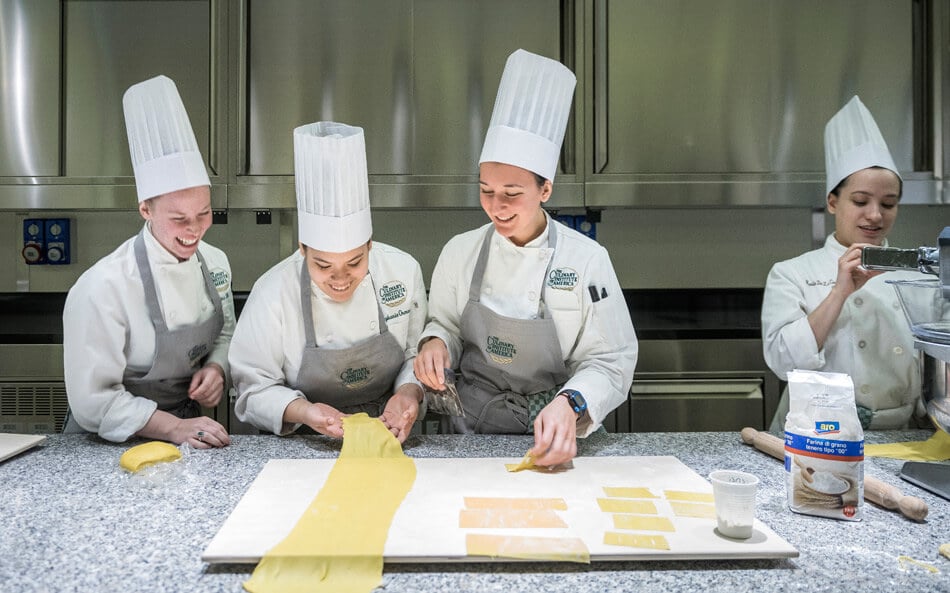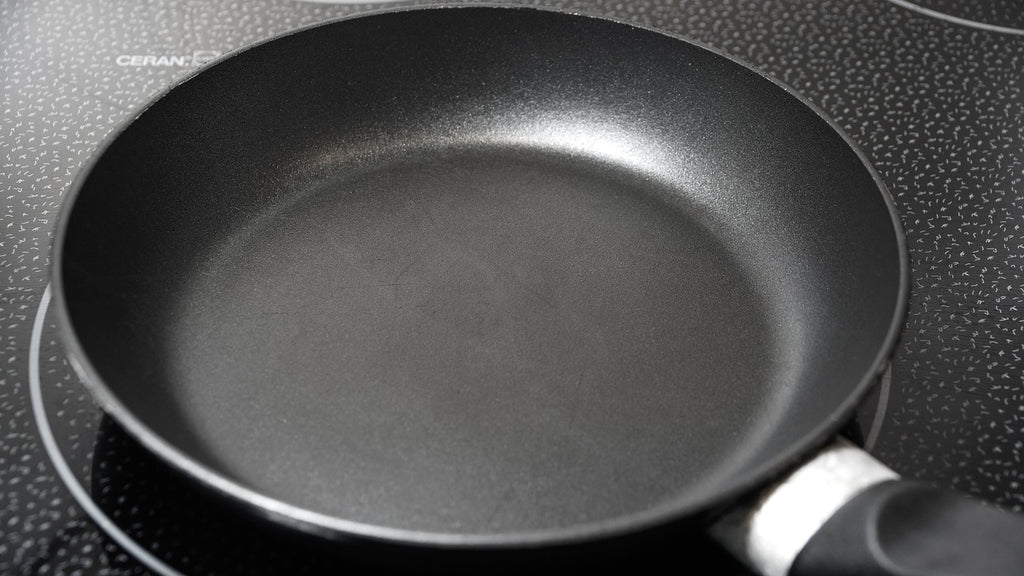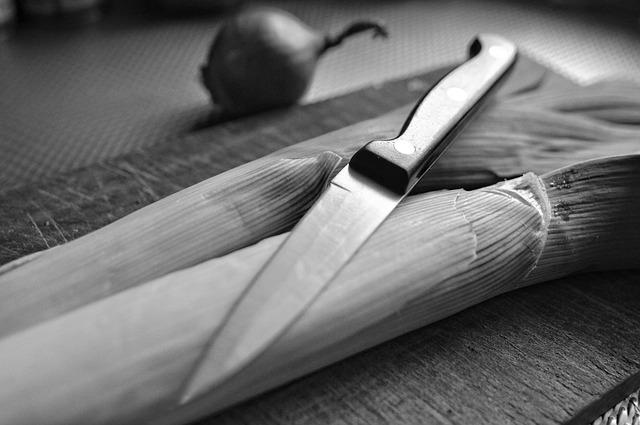
MinuteRice's recent poll found that 71% said they used life hacks more frequently than before the COVID-19 outbreak. 54% reported that they have tried a cooking hack. In fact, cooking hacks were the most common, with one out of three people saying they tried them at least three times before they got it right. According to the survey's findings, the best cooking hacks can save you an average of six hours per workweek.
TikToker's cooking hack to measure sticky ingredients
It is difficult to measure sticky ingredients accurately because they leave a residue behind in your measuring cups. This can not only make your measurements inaccurate but also makes it easier to clean up. But thanks to a TikTok account, a simple solution to the problem has been found. Read on to learn how to use an oiled measuring cup to measure sticky ingredients in your kitchen! Holly shares her simple trick:
To remove cork using a blow torch
Wine enthusiasts might want to use a blow torch for removing corked wine. To remove the cork from wine bottles, you might have also tried a bike pump. If you push the cork too hard, you might end up bursting the bottle and risking injury. Another option is to use a blow torch. However, be careful, the flame could burn the bottle.

Using a cutting board to chop herbs
Using a cutting board to chop herbs can make the job more efficient. The cutting board can help preserve the freshness of your cut herbs, unlike chopping fresh herbs directly on the countertop. These are some helpful tips for using a cuttingboard. First, make sure to use a sharp knife. Kitchen scissors are also possible. Also, you should chop herbs in coarse cuts to retain more of the flavour.
A blow torch can be used to eliminate excess fat from your stock
Using a blow torch to remove excess butter and fat from stock is an easy way to give your chicken or fish soup the texture you want. This method is not for everyone. This method can save you lots of time. To separate the fat, you need to reduce the stock to about two-thirds of its volume and then use a blow torch to melt away the remaining fat. The stock can be frozen in ice cube trays and freezer bags. It will stay fresh for several months. If you are making a large quantity of chicken stock, you can also use the bones and meat from the bird to make the stock.
You can remove the coconut shell using a blow torch
If you don’t have a torch, you can smash the coconut with a pointy implement like a knife or hammer. Three ridges run along the exterior of coconut shells. They divide it into three parts and then join at the "butt". One ridge runs between your eyes and the "mouth" of the coconut. The other two ridges run to either side. To break the shell you can use a knife and hammer to get the rest.

FAQ
How do I learn about cooking and baking?
There are many cooking classes available all over the country. There are many schools that offer courses in pastry, baking, and wine tasting. You can learn more about how to cook by enrolling in a class at either a local vocational school or community college.
How Can I Get Hired As a Cook?
You can get a job as a cook through word of mouth. People in your circle of friends might know about restaurants that need additional staff. Restaurants often post openings on websites and bulletin boards.
How long does it take to become chef? What is the average career path?
A chef's career takes about five years. During this time, you will study basic cooking techniques and gain experience working as a kitchen assistant. You can apply for line, sous or executive chef positions after you complete your training. The average annual salary for a professional chef is between $25,000 and $60,000
What are basic cooking skills?
Basic cooking skills include being able to read and measure ingredients, prepare food safely, clean up after yourself, and cook. If you want to be able to cook for yourself, then you need to learn these basic skills. You can also save money by cooking at home.
How Much Does It Cost to Study Culinary Arts?
You will find that the price to study culinary arts is variable. A four-year degree in culinary arts typically costs around $40,000. A two-year associate degree, on the other hand may cost less than $5,000. The type of program you choose will determine the tuition rates. The prices charged by private institutions are generally higher than the public.
Are there any requirements to become a chef?
No. Many chefs started their careers by learning on their own. Some went to culinary school simply to gain experience. But most chefs prefer culinary school as it offers them more opportunities for learning and growth. Culinary schools give students hands-on experience, which allows them to develop valuable skills as well as improve their culinary knowledge.
Statistics
- In the United States, the category is estimated at $23.2 billion annually and is growing faster than the market. (washingtonpost.com)
- You'll be amazed that over 90% of CIA students receive scholarships and grants to finish their culinary studies. (ischoolconnect.com)
- According to the BLS, chefs earn $58,740 a year. (learnhowtobecome.org)
External Links
How To
How to make the perfect omelet
Omelets are my favorite breakfast dish. But how do they turn out so perfectly? Many different recipes and methods have failed to work for me. So today, I want to share some tips and tricks with you so you can make your own delicious and fluffy omelets every morning.
We should first know that eggs are very temperamental ingredients when making omelets. The eggs must be fresh from an organic source and kept at room temperature until they are ready to be cooked. If they are not kept cold enough, the whites won’t form properly. The yolks will also break down too quickly and become runny. This will make your omelets appear strangely colored. If you plan to cook the eggs right away, it is best to use room temperature eggs.
You can also separate the egg before you add it to the pan. Because this could cause your omelet to become curdled, you don't want any yolk to be mixed with any white.
If you add the egg directly onto the stovetop, you might end up burning the bottom part of the egg, which would ruin the texture of your omelet. Instead, heat the egg in a microwave for 10 seconds and then place it in a pan. The microwave heat is sufficient to cook the egg without overcooking.
Next, let’s talk about mixing the egg. You want to mix the eggs thoroughly before you add them. You can do this by turning the bowl of your mixer upside down. Next, shake the bowl vigorously. The egg will be thoroughly mixed in the bowl as the air is whipped.
The fun part is now - adding the milk to the mixture. Pour half the milk into the beaten egg mixture and then fold in the eggs. Don't worry if there are still streaks of egg visible; these streaks will disappear once you flip the omelet.
After you have folded your eggs, heat up the oil on medium heat. Wait for it to get hot. Add 1/4 cup butter to the oil and swirl it around to coat all sides of the pan. Carefully open the pan's lid and add salt to the pan. An additional pinch of salt will prevent the omelet form sticking to your pan.
Once the omelet forms, cover the pan again. Let the top side set completely. Flip the omelet by using a spatula. Cook the other half for another minute. Take out the omelet and place it in a bowl.
This recipe works best when you use whole milk.